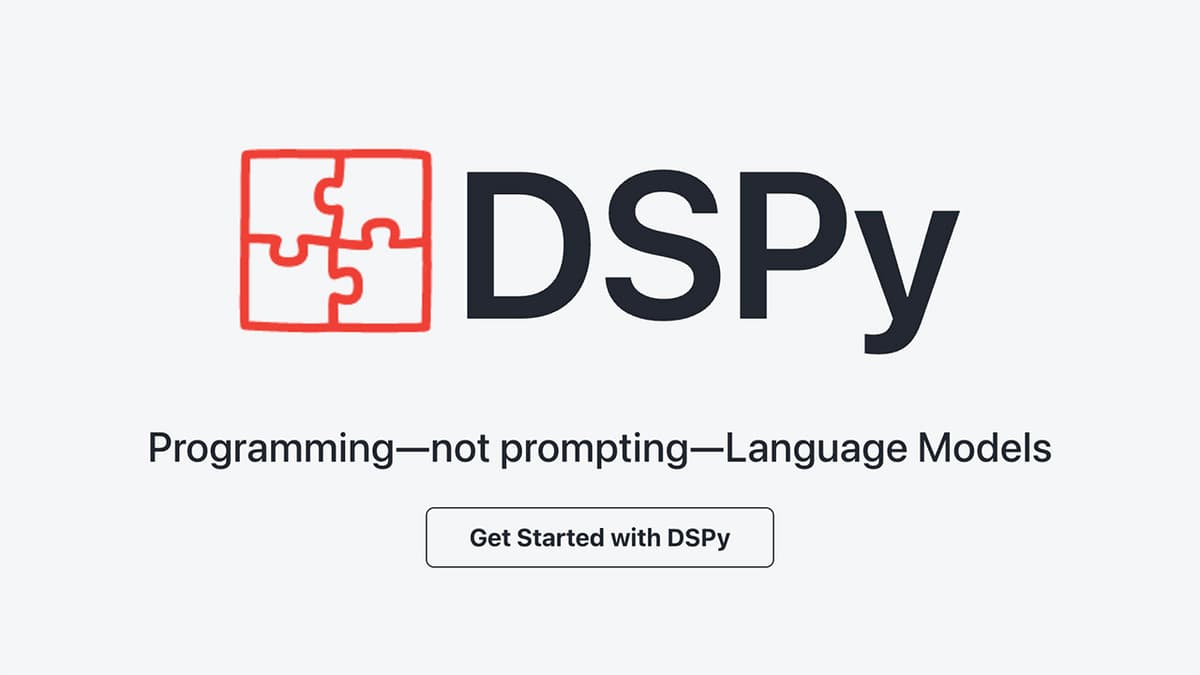How Can I Choose the Right Algorithm for Machine Learning?
Are you often puzzled when it comes to selecting the most suitable algorithm for your machine learning task? With the myriad of choices available, it's easy to feel overwhelmed. However, fear not! In this article, we will explore some guidelines to help you navigate the vast landscape of machine learning algorithms and make informed decisions.
Understanding the Problem
Before diving into the sea of algorithms, the first step is to gain a clear understanding of the problem at hand. Ask yourself: What type of task are you trying to accomplish? Is it classification, regression, clustering, or something else entirely? Understanding the nature of your problem will steer you in the right direction when it comes to selecting an appropriate algorithm.
If you are dealing with a classification problem where you need to predict discrete labels, algorithms such as logistic regression, decision trees, or Random Forest may be suitable. Conversely, for regression tasks involving predicting continuous values, algorithms like linear regression, support vector machines, or neural networks might be more appropriate.
Consider the Size and Complexity of Your Data
Another crucial factor to consider is the size and complexity of your data. Different algorithms have different computational requirements and scalability. For large datasets with a high number of features, algorithms like Support Vector Machines or Deep Learning models may be more suitable due to their ability to handle complex relationships in the data efficiently.
On the other hand, if you are working with a smaller dataset, simpler algorithms like k-Nearest Neighbors or Naive Bayes could yield good results without the computational overhead of more complex models.
Evaluate Model Performance
When choosing an algorithm, it's essential to evaluate its performance on your specific dataset. Conducting a thorough evaluation through techniques like cross-validation can help you understand how well the algorithm generalizes to unseen data. Tools like scikit-learn in Python provide a range of metrics such as accuracy, precision, recall, and F1-score, which can guide you in comparing different algorithms.
For instance, if you are working on a binary classification problem and are looking to optimize for both precision and recall, you might consider using the F1-score as a metric to evaluate your models.
Python
Consider the Interpretability of the Model
In some cases, the interpretability of the model is crucial. If you need to explain the rationale behind the predictions to stakeholders or uncover insights from the model, choosing a more interpretable algorithm like Decision Trees or Logistic Regression might be beneficial.
On the other hand, if your primary focus is on achieving the highest accuracy without the need for interpretability, complex models like Gradient Boosting Machines or Neural Networks could be more appropriate.
Utilize Resources and Community Support
Don't underestimate the power of resources and community support when selecting an algorithm. Platforms like GitHub, Kaggle, and Stack Overflow offer a wealth of information, code snippets, and discussions related to various machine learning algorithms. Leveraging these resources can provide valuable insights and help you make an informed decision.
Additionally, exploring open-source libraries such as scikit-learn, TensorFlow, or PyTorch can give you access to a wide range of algorithms and tools to experiment with, making your algorithm selection process more manageable.
Experiment and Iterate
Finally, the best way to choose the right algorithm is through experimentation and iteration. Take the time to try out different algorithms, tweak hyperparameters, and analyze the results. Machine learning is a highly iterative process, and the best way to learn is by doing.
Create a baseline model using a simple algorithm, then gradually explore more complex models to see how they improve performance. Keep track of your experiments, learn from both successful and failed attempts, and refine your approach based on insights gained along the way.
Selecting the right machine learning algorithm is a blend of art and science. By understanding your problem, considering data size and complexity, evaluating model performance, and leveraging resources, you can make an informed decision that aligns with your goals. Remember to keep experimenting, stay curious, and embrace the learning journey that comes with exploring the diverse world of machine learning algorithms.












